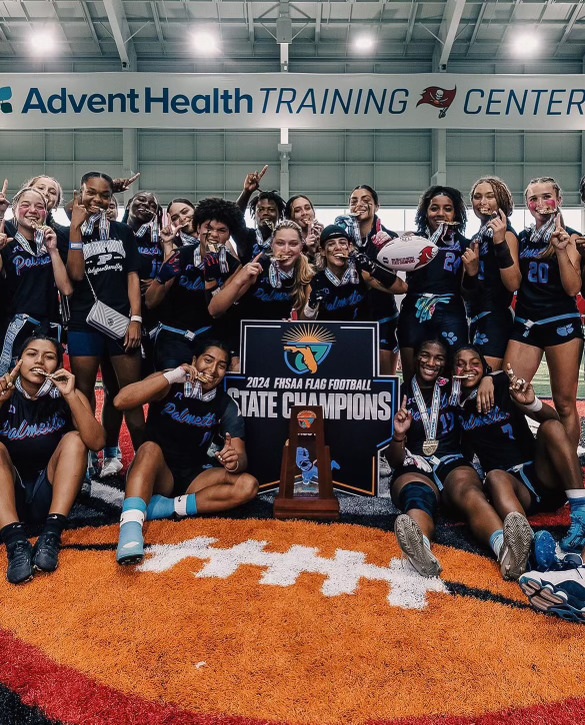Student-athletes at Miami Palmetto Senior High spend their afternoons in the humid, hot Miami sun putting effort into perfecting their sport. The endless hours spent getting in shape may appear as no big feat, but there are various underlying components that can impact an athlete’s health.
Despite its rarity, Sudden Cardiac Arrest is the leading cause of death in young athletes, with approximately 2,000 people in the U.S. dying from it each year. Cardiac arrest is a serious emergency in which one’s heart beats irregularly and then ceases to beat, requiring immediate medical attention.
“There’s two forms of CA. One, is when the heart goes into a rhythm called fibrillation and that’s when the heart is not feeding in sequence, so there’s a rhythm to the heart and that rhythm has been disrupted. The second, [is] if the heart goes into attacking cardio. That is when the heart is beating too fast for blood to get in and out of the ventricles and then into the lungs to get oxygen back into the heart,” MPSH Head Athletic Trainer Michelle Benz said.
This medical emergency can happen to people of all ages, no matter how healthy or how fit they are. It is vital to understand the symptoms of SCA and CA to know what level of risk one is at. Whether a student-athlete, professional athlete or even a regular person is getting active, they should take notice of their body’s responses to the activity.
“So the major thing in prevention is education. So if we can educate the student-athletes that are participating to display the symptoms of the Sudden Cardiac Death, then hopefully, when they are participating, if they do start to feel [symptoms], they’ll report it,” Benz said.
Known indicators of SCA include shortness of breath, dizziness, heart palpitations, chest pain and nausea. If someone near experiences these symptoms, do not rule out the possibility of CA and immediately seek assistance. Oftentimes, people mistake these symptoms for other illnesses, resulting in not getting help right away increasing the chances of SCD.
“There’s something called agonal breathing which is where it looks like the person is actually breathing but they’re not. That actually gets people confused sometimes when they see it because they think someone’s breathing, but they’re not,” MPSH Assistant Athletic Trainer John Bariss II said. “Agonal breathing is quick, deep breaths that don’t go anywhere.”
However, in the case of SCA, symptoms may be scarce, leaving one to undergo the attack with no prior warning. For example, University of Southern California basketball player Bronny James experienced SCA during practice, leading people to inquire more about the dangers of SCA and how to prevent it.
“SCD when you’re talking about athletes, is a different form of illness. It’s actually a structural defect in the heart that occurs at birth and if it’s not caught and repaired, then a student-athlete can suffer a SCD. So through education, every athlete in the state of Florida has to watch the video on SCD which goes through all the signs and symptoms that one would have if you had this type of a defect at birth,” Benz said. “They also have to sign a waiver that states that they’re fully aware that they needed to watch the video [and] the waiver also has all the signs and symptoms. So they’re signing it saying that they’ve been educated through the waiver, through the video and they’re also offered an opportunity to get a free EKG.”
CA is not limited to specific groups of people. It happens to those outside of one’s community as well as locally. Taking preventative actions is essential in protecting one’s health against this illness and to make one more prepared to help another who may experience CA.
“I think the biggest thing that is sort of going around now is mandatory EKGs. A mandatory EKG, although it sounds like echocardiograms, [those] would not be mandatory. So the EKG is important, and it could find something that would be a defect, but not all the time. I think the educational component, making sure that each athlete is watching those videos and taking those videos seriously and reading the information that [is] provided in the physical paperwork, that is really important,” Benz said.












